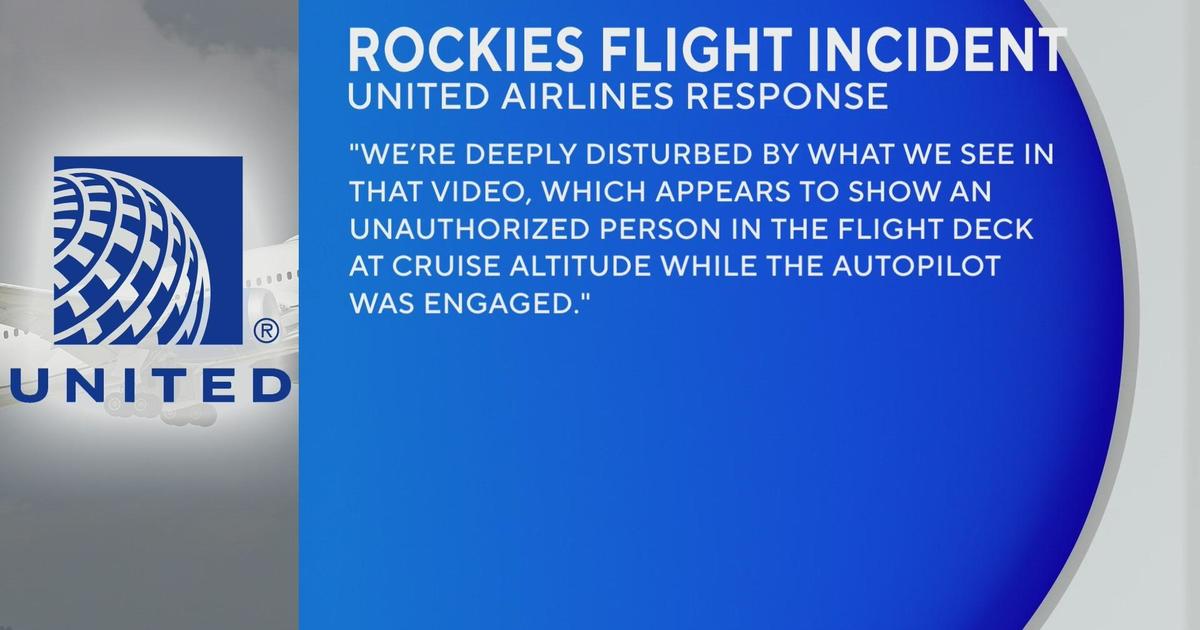Laser Eye Surgery Makes Advancements: Pros and Cons of LASIK
Laser Eye Surgery Makes Rapid Advancements
In the past two decades, LASIK technique has seen remarkable developments
Safety. Precision. Customization. Affordability. Sound like good things? They are. And they also characterize today's LASIK Eye Surgery. As doubts about the procedure vanish, more and more professionals — including law enforcement officers, military personnel, and athletes — are discovering the advantages of LASIK. These professionals are saying goodbye to eyeglasses and contacts, and never looking back.
The scientific literature confirms the benefits of LASIK. For example, a recent study in the medical journal Ophthalmology compared the visual satisfaction of contact-lens wearers to LASIK recipients. The three-year study showed LASIK patients were far more satisfied.
How do you know if LASIK is right for you? A good place to start is learning about the history — and future — of the procedure. Additionally, it's important to select the right surgeon. A great LASIK surgeon is one who can configure the laser, based on the pre-operative measurements, to a patient's specific vision correction needs.
Original LASIK Technique
A typical human cornea varies in thickness from 500 to 600 micrometers. How do you perform surgery on a surface so small? Answer: a precision surgical instrument called a microkeratome, which contains an oscillating blade so small that it's no thicker than a human hair. Surgeons use this instrument to create a hinged corneal flap somewhere between 80 and 200 micrometers thick. Doctors then fold back the corneal flap, providing access to the next ingredient in this revolutionary procedure: the laser. The original laser, approved by the FDA for use in LASIK surgery in 1999, was called an excimer. Surgeons used this laser to re-shape the cornea, correcting the cause of the vision problem. After correcting the corneal shape, the eye specialists then returned the flap to its natural position, which covered the cornea and effectively acted as a natural bandage.
Current LASIK Risks and Benefits
Today, there's an even more advanced laser used for corneal preparation in LASIK surgery: a femtosecond laser. Studies have shown that the femtosecond laser allows for more predictable corneal flap thickness, a decreased risk of corneal abrasions during the procedure, and a decreased risk of induced astigmatism after LASIK. It also gives the surgeon more options in terms of flap size, shape, and orientation, yielding a more customized procedure, as well as a faster healing time thanks to the smoother edges of the flap. In other words, a win-win for your eyes.
The first excimer lasers used for LASIK employed broad-beam, UV lasers to reshape the cornea using a predetermined pattern based on the patient's correction needs. The lasers included eye-tracking technology, which allowed the laser to follow involuntary eye movement.
In 2002, LASIK technology took its next big step with the introduction of Wavefront technology. Wavefront uses something called the VISX CustomVue System, allowing for custom mapping of a patient's cornea, which is as unique as a fingerprint. That's right — your cornea is as uniquely "you" as your fingerprint. Suddenly, the treatment could exceed the vision results achieved by glasses and contacts. In other words, not only is LASIK replacing eyeglasses — it's also curing vision problems and giving patients the clarity of natural vision.
Today, most LASIK procedures are performed using Wavefront technology along with a femtosecond laser for the flap creation. These advancements have made LASIK more effective and more accessible to potential candidates.
LASIK Candidacy and What it Can Treat
Here's some really good news: Femtosecond LASIK technology broadens the number of people eligible for LASIK. Nowadays, patients with thin corneas, who were previously unable to undergo the procedure, can become candidates thanks to the laser's ability to create a thinner flap. Femtosecond technology also allows for a more even flap. Essentially, this new technology allows the surgeon to tailor the procedure to the shape of each patient's eye. As you might expect, this results in excellent outcomes and high patient satisfaction. The current technology also enables eye surgeons to treat patients with higher myopic prescriptions.
LASIK laser eye surgery is used to treat or cure common vision problems caused by nearsightedness, farsightedness, and astigmatism. Although LASIK cannot correct presbyopia (age-related farsightedness), the LASIK lasers can be used for a monovision correction, which treats the dominant eye for distance and leaves the non-dominant eye slightly nearsighted. The nearsighted eye will allow for up-close reading and the other eye will have clear distance vision. Usually, this technique is offered only to patients who have had monovision correction with contact lenses.
The results of LASIK have continued to improve over the past 20 years based on technological advancements and surgeon skill. IntraLase, using a femtosecond laser, has also improved the safety and accuracy of LASIK.
Current LASIK Pros and (Temporary) Cons
Studies have shown that using Wavefront-guided LASIK to correct myopia, combined with a femtosecond laser flap, significantly helps people in their night driving, and is a major improvement over traditional non-custom LASIK.
Immediately following a LASIK procedure, some patients experience up to three temporary inconveniences: dry eyes, night vision problems, and red spots on the white of the eye.
Some patients experience an acute dry eye condition lasting between one week and three months. However, this can usually be treated with topical artificial tears and dry-eye medication. Oral omega-3 fatty acids can also help alleviate the problem. In rare cases, "dry eye" can last up to a year.
Nighttime glare can also be a problem for some patients immediately following a LASIK procedure. Patients sometimes report glare, halos, and sensitivity to bright light for up to three months. In a small number of cases, patients experience nighttime glare for a year or longer. However, many patients do not experience any glare, halos, or bright-light sensitivity at all.
It's common after a LASIK procedure for patients to have red spots on the white part of their eye for a few weeks. The red spots are simply a small bruising that results from the suction ring used to hold the eye steady during the procedure. Why are the bruises so bright and red? Because the overlying skin — the conjunctiva — is clear. Thus, the technical term for this temporary condition is "subconjunctival hemorrhages." Although this term can sound somewhat serious, these spots are completely cosmetic, they do not hurt at all, they do not affect your vision, and the body clears them out within a few weeks.
Selecting a LASIK Provider
Advancements in technology. Rapidly improving success rates. Ever-decreasing risks to the patient. Proliferating opportunities to treat a wider range of vision problems. These factors combine to make LASIK an increasingly attractive solution. Our advice? Do your research. Read online reviews of providers. If you are in one of their markets, LasikPlus is a great option. They have performed more than 1.5 million procedures, offer lifetime guarantees, and are well reviewed. Research their doctors in Yelp and Google reviews to find the best one out there.
Above content provided by LasikPlus.



